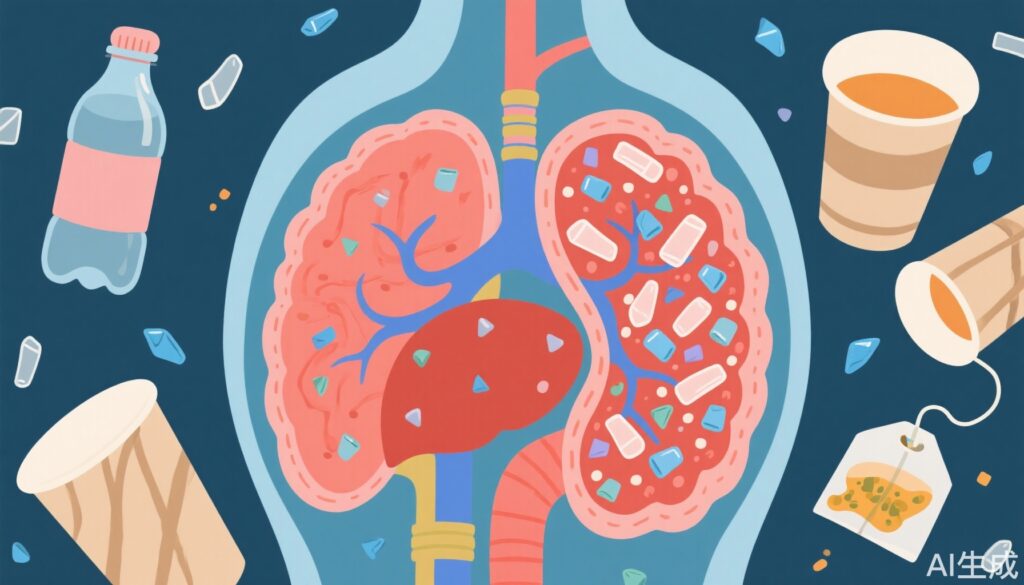Invisible Invaders: How Microplastics Penetrate Our Bodies and What You Can Do About It
Microplastics, tiny plastic particles under 5mm, have silently infiltrated our bodies through drinking water, air, and food. They accumulate in organs, accelerate cell aging, and increase inflammation. Learn hidden sources and practical tips to reduce exposure.

